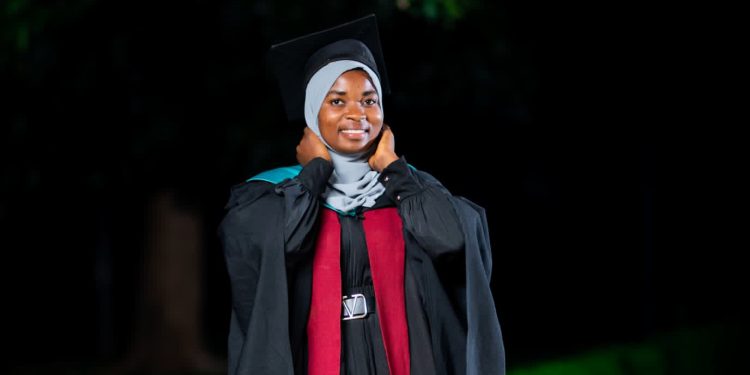CNN special Report
“Heaven is at your mother’s feet.”
That’s what many naughty Muslim children are told when they’re misbehaving. It’s supposed to represent not only the importance of the role of motherhood in Islam, but also how women are definitely not inferior to men. Children are being told that there’s nothing higher than their mother. So, it makes the critics ask, “Why do Muslim women seem to have fewer rights than their men?”
In theory, they don’t. For about 1,500 years, women under Islamic laws have had rights that might have surprised their counterparts in other religions, such as the right to independent wealth and property — which can even be kept private from a woman’s husband. One staunch feminist living in Saudi Arabia pointed out in an interview that the arrival of Islam, particularly in Middle Eastern countries, actually improved conditions for women. She said before then, the pagan, often nomadic, tribes treated women like easily discarded property. Islam set standards that looked after women’s interests and protected them from men.
The feminist added that, sadly, things don’t always develop the right way, and that modern laws and restrictions don’t always reflect what Islam had intended all those centuries ago. Women aren’t allowed to drive cars in Saudi Arabia, for example, and the extent to which a woman has to cover her face and body in some places also peeves those demanding that the religion modernise. After all, cars hardly cluttered the desert at the dawn of Islam. The feminist said she had to live with a strange mixture of frustration and pride in her religion.
Equality is not always that easy to judge. It’s common in Muslim countries such as Saudi Arabia and Pakistan to notice that men are far more visible than women in public places. Often that’s because the culture is much more traditional. The woman’s role is to stay at home and bring up a family, while the husband goes out to work.
But the degree to which a woman will cover herself varies from country to country. Pakistani women dress in anything from Western clothes to more conservative traditional “pajama”-style outfits. In an officially secular country such as Turkey, women are dressed in modern Western clothing, including figure-hugging jeans. In Iran, it’s very unlikely to see that, and far more common to witness the all-encompassing black tent- like “burqa.” Interpretation of Islam varies. That’s where most problems within the religion arise. To some strict, traditional Muslims, music and dancing is a total no-no. Other Muslim cultures revel in song and dance.
At the Hajj, men and women walk together and pray together. Mosques around the world are generally segregated into sections keeping the sexes apart. To some degree that would present a major problem at the pilgrimage. It’s easy enough to get lost in the huge crowds. The last thing the gathering needs is thousands of men and women trying to find their spouses and children after prayers. There are groups from some countries that prefer to remain apart in the Great Mosque, although not straying too far from each other. The atmosphere is relaxed. No one is tense that the segregation rules they follow at home are put aside in Islam’s most holy mosque.
In this respect, performing the Hajj is also an education. It almost challenges convention. In Arabic, the Great Mosque is called “Al-Haram” … the Sanctuary. It may surprise some, but it’s a sanctuary, equally, for men and women.



















